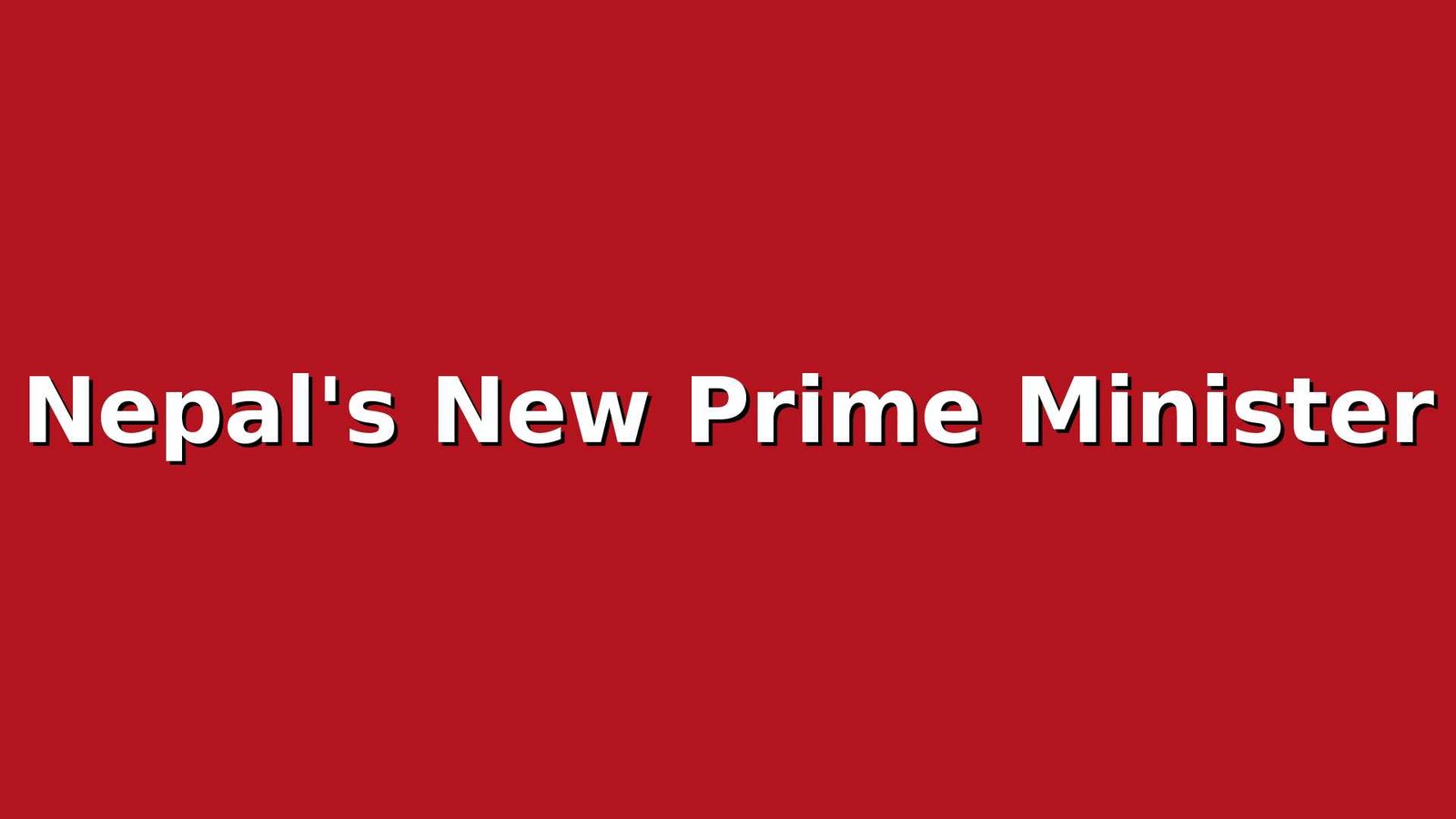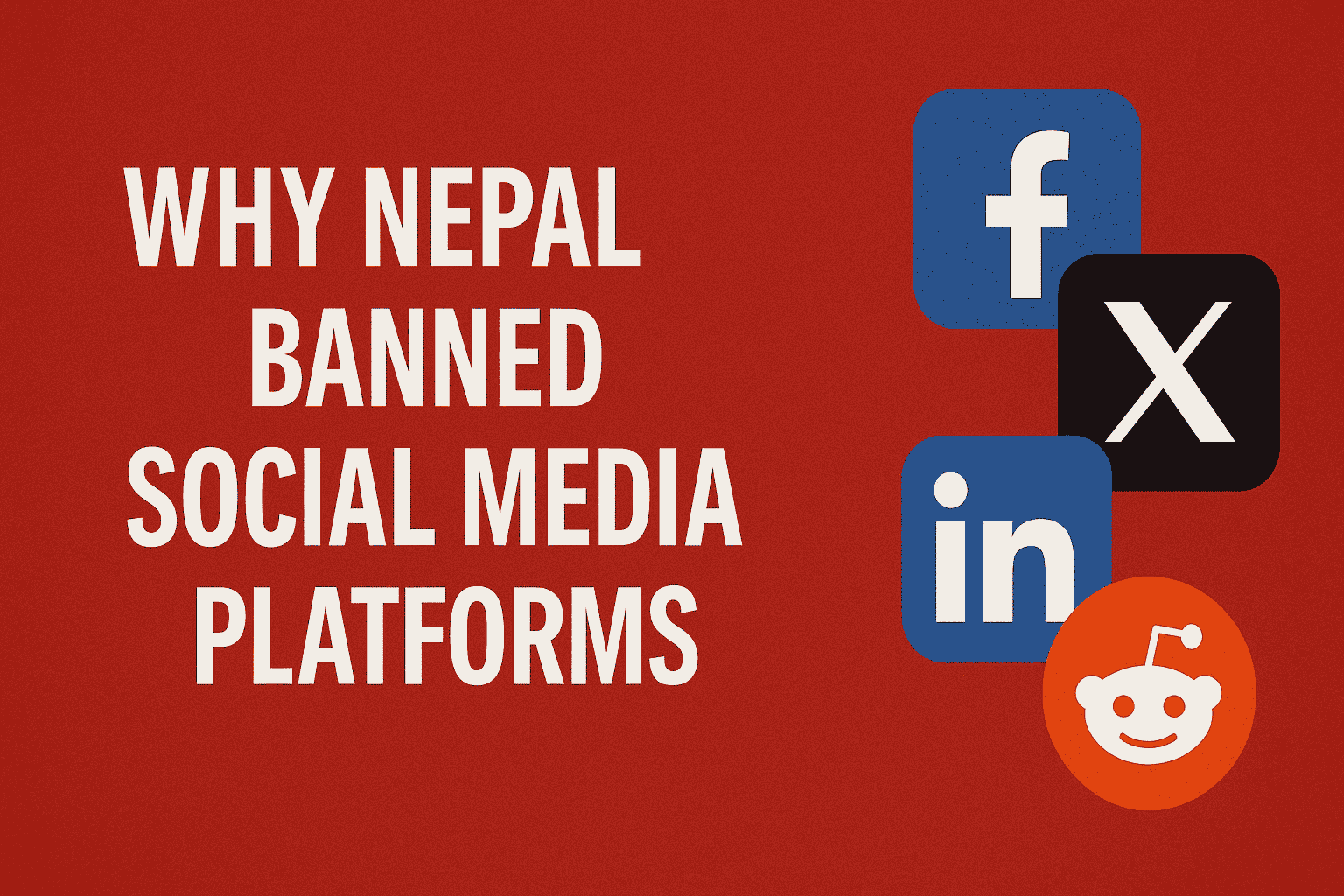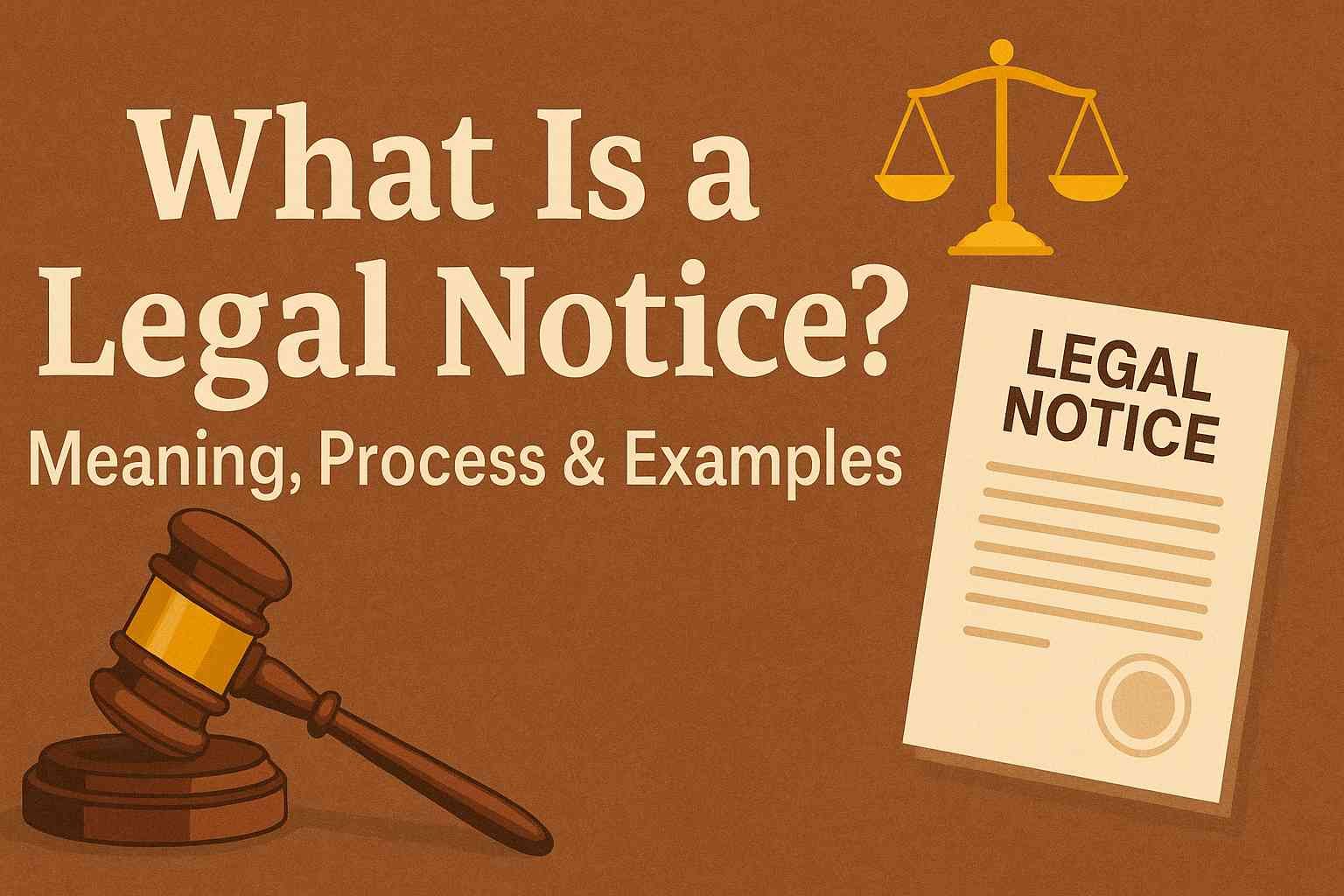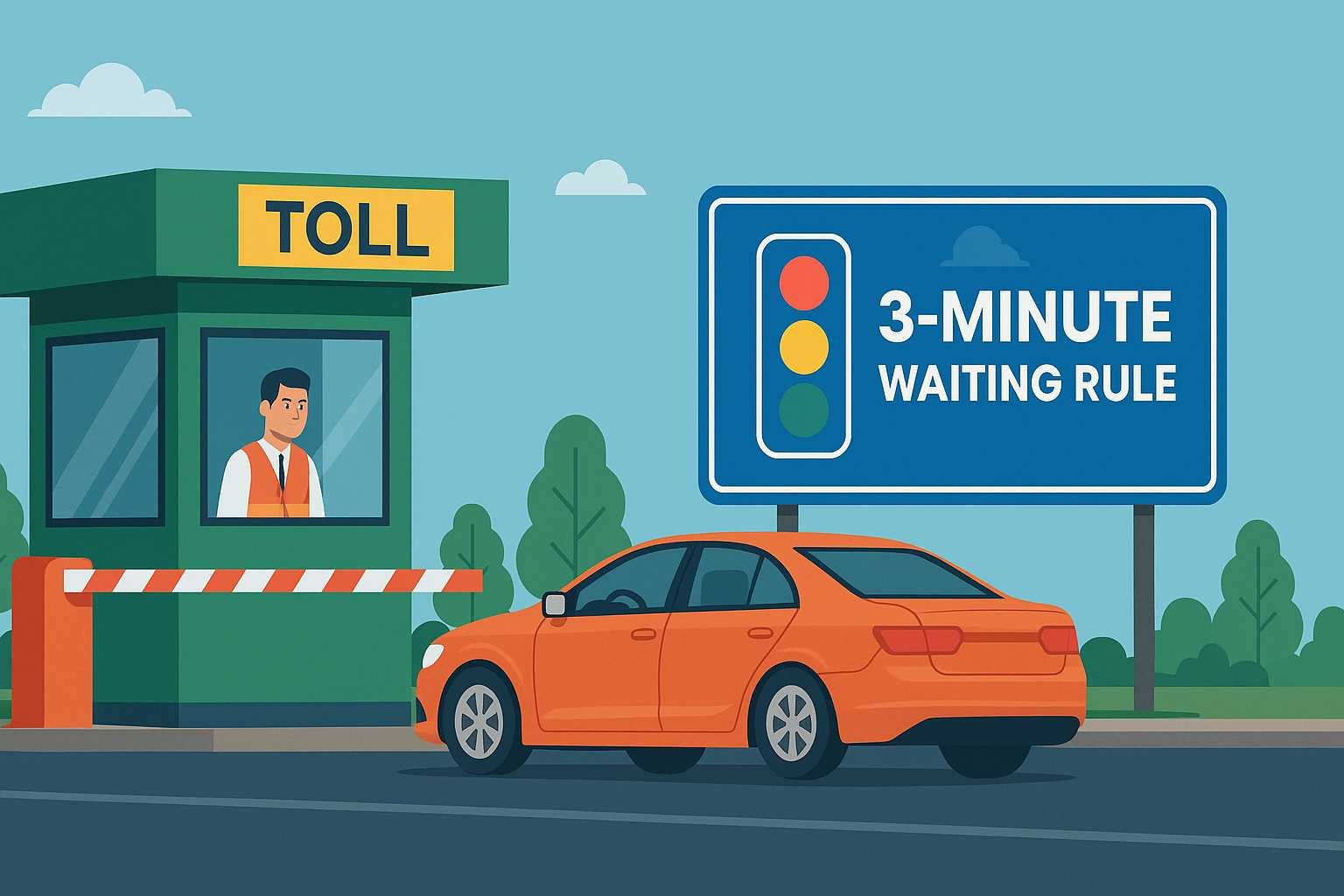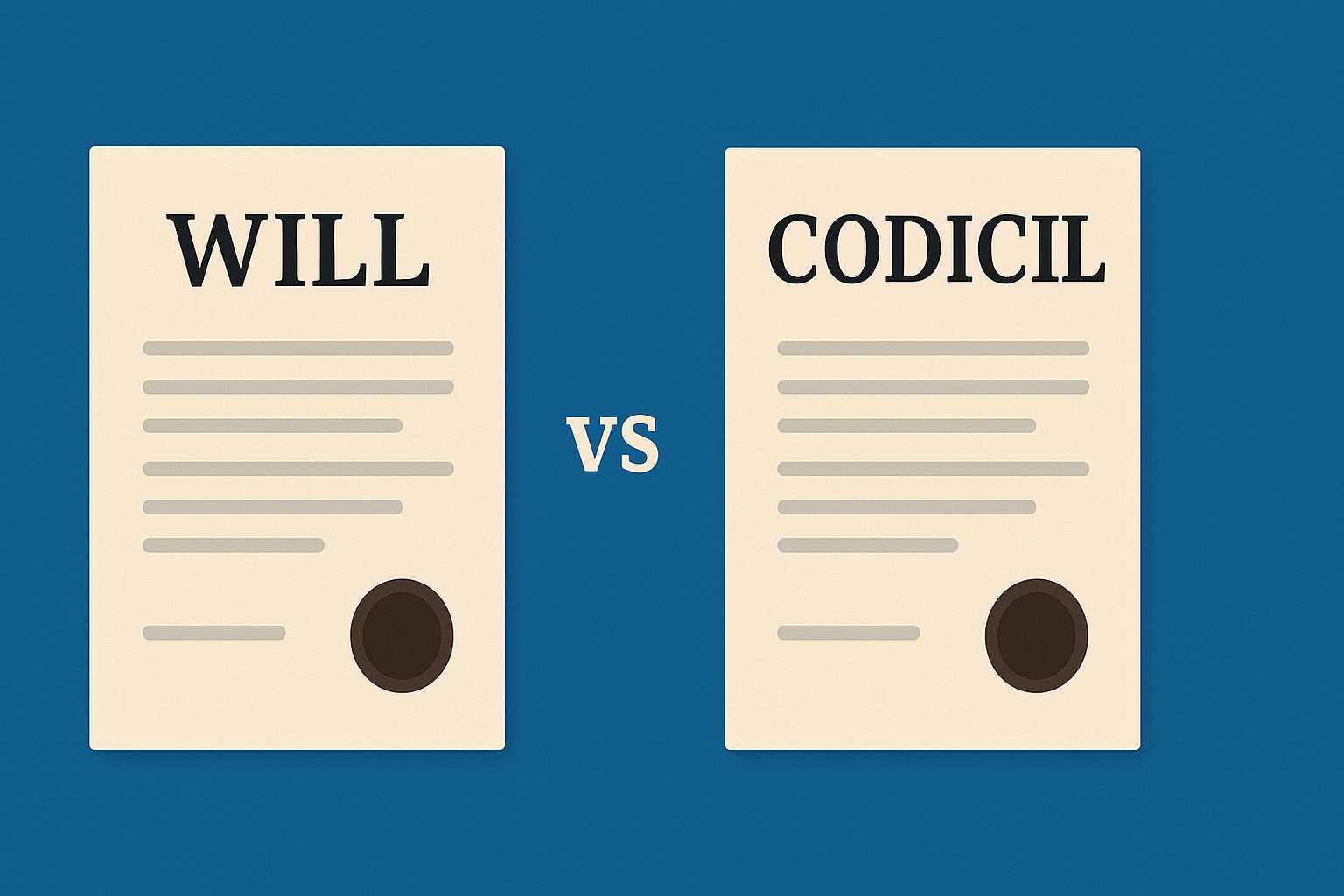On this page you will read detailed information about Nepal New Prime Minister.
Nepal has entered a new chapter. Following months of turmoil—sparked by curbs on social media, widespread frustration with corruption, and youth protests—Nepal appointed Sushila Karki as its interim Prime Minister on 12 September 2025. She is the first woman ever to hold that office in Nepal’s history. The country also dissolved parliament, and elections are now scheduled for 5 March 2026.
In this blog, we examine who Sushila Karki is, what led up to her appointment, what challenges she faces, and what this might mean for Nepal’s future.
Who is Sushila Karki?
- Background & Reputation: Prior to this role, Sushila Karki served as Chief Justice of Nepal’s Supreme Court. She earned respect for her strong stances against corruption and misuse of power. Her judicial decisions have at times unsettled powerful political interests.
- Interim Label: She is not expected to be a long-term leader. Her appointment is interim—meant to bring stability pending fresh elections. Her government’s term ends when a new, fully elected government takes over.
- Symbolism: Given her age (73) and her career as a judge, she represents both experience and an image of integrity. Importantly, she also embodies a symbolic break: the first female Prime Minister of Nepal, chosen after mass protests by largely young people.
What Led to the Change: The Build-Up to a New Government
To understand her appointment, we need to look at recent events in Nepal:
- Social Media Shutdown & Public Outrage: The government attempted to block about 26 social media platforms, citing non-compliance with registration laws. This move triggered intense protests—especially among youth (often referred to as “Gen Z”)—who saw it as an attack on freedom of expression.
- Protests, Violence, and Resignation: The demonstrations escalated: there were tragic casualties, confrontations between security forces and protesters, and widespread unrest. Amid all this, Prime Minister KP Sharma Oli resigned. Parliament was dissolved by the President.
- Negotiation & Consensus: After large-scale protests, the President, army leadership, and protest leaders and civil society groups negotiated. One outcome was agreeing to choose an interim Prime Minister who can command broad public trust and oversee national stability until elections. Sushila Karki was selected in that light.
- Setting Date for Fresh Elections: It was arranged that new, general elections will be held on 5 March 2026. This date gives time both to form preparations and to allow the interim government to address immediate crisis concerns.
Key Challenges Ahead for the Interim Government
While there is optimism, the path forward is not without obstacles. Here are major challenges Karki’s government faces:
- Public Trust & Healing: After violence and loss of life, the government must build back trust. Many protesters demand accountability—especially investigations into the deaths during protests. People expect transparency and possibly reform in security forces and policing.
- Corruption & Nepotism: These were core grievances that triggered the unrest. The interim government is under strong pressure to demonstrate that it will act on anti-corruption, enforce rule of law, and reform institutionally, not merely in rhetoric.
- Policy to Restore Freedoms: The social media ban was one spark. Reversing restrictions, reaffirming freedom of expression, digital rights, and making sure platforms are regulated fairly will be closely watched.
- Managing Political Factions: Nepal has many political parties with different agendas. Some may resist reforms or want to reassert control. The interim government must balance various power centers—the President’s office, military, established parties, and protest leaders.
- Economic & Social Pressure: Protests reflect deeper frustrations: joblessness, inequality, cost of living. The interim government must not only address political and institutional reforms but also deliver on economic relief, stability, and social welfare. Youth demand more than just symbolic change.
What Karki Government Has Done So Far
Though just newly in office, certain steps and signals have already emerged:
- Karki’s cabinet is being formed with some reform-oriented names. Interim ministers have been appointed.
- She has called for calm and unity, affirmed commitment to hold elections on schedule, and acknowledged the grievances of protesters.
- Some earlier decisions (like banning social media) have been reversed or softened, acknowledging the importance of public sentiment and rights.
In the previous post, we had shared information about Why Nepal Banned Social Media Platforms: Causes, Controversies, Consequences, so read that post also.
What This Might Mean for Nepal’s Future
Here are possible ways Karki’s interim government may influence Nepal long-term:
- Precedent for Youth Participation: The role played by Gen Z protesters—from organizing protests to discussions about leadership in platforms like Discord—may reshape how political participation works in Nepal. If expectations are met, this could lead to more responsive governance.
- Stronger Institutions & Judicial Oversight: With a former Chief Justice leading, there may be more emphasis on legal reforms, accountability, and strengthening institutions like the judiciary, law enforcement, and oversight bodies.
- Electoral Reform & Political Renewal: The upcoming elections will be a test. Voters will likely look for candidates and parties who promise to address corruption, nepotism, economic issues, and civil liberties. If elections are free, fair, and transparent, this could lead to major shifts in mainstream party politics.
- Challenges in Continuity: Interim governments are fragile. Without strong mandate, reforms may be limited. Old power structures, vested interests may seek to undermine or slow progress. The transition must manage these pressures carefully.
What to Watch Closely
As things unfold, here are indicators people will likely monitor to judge whether this new government succeeds or fails:
- How independent investigations into protest deaths are handled.
- The extent of press, speech, and digital freedom restored or protected.
- Whether appointments to key ministries or public offices reflect reform rather than loyalty politics.
- Economic relief measures for youth, unemployment, inflation, and inequality.
- Fairness and transparency of the upcoming election process.
Conclusion: A Moment of Hope — If Matched with Action
Sushila Karki’s appointment as Nepal’s first female Prime Minister marks not just a change in leadership but also perhaps a turning point. It arises out of deep frustration among citizens—especially young people—with corruption, restrictions, and broken promises. The choice of an interim, experienced, corruption-fighting figure carries symbolic weight.
But symbolism alone will not carry the day. For this moment to translate into meaningful change, the government must act decisively on transparency, institutional reform, and social welfare. It must follow through on promises, avoid slipping into old patterns, and must conduct the upcoming elections with credibility.
Nepal is at a crossroads. With strong public pressure, civic engagement, and international attention, there is a window of opportunity. Whether this becomes a lasting transformation in Nepal’s political culture depends on whether power is used not just to change faces, but to improve lives, increase accountability, and restore faith in the democratic system.
Disclaimer
The information and services on this website are not intended to and shall not be used as legal advice. You should consult a Legal Professional for any legal or solicited advice. While we have good faith and our own independent research to every information listed on the website and do our best to ensure that the data provided is accurate. However, we do not guarantee the information provided is accurate and make no representation or warranty of any kind, express or implied, regarding the accuracy, adequacy, validity, reliability, availability, or completeness of any information on the Site. UNDER NO CIRCUMSTANCES SHALL WE HAVE ANY LIABILITY TO YOU FOR ANY LOSS OR DAMAGE OF ANY KIND INCURRED AS A RESULT OR RELIANCE ON ANY INFORMATION PROVIDED ON THE SITE. YOUR USE OF THE SITE AND YOUR RELIANCE ON ANY INFORMATION ON THE SITE IS SOLELY AT YOUR OWN RISK. Comments on this website are the sole responsibility of their writers so the accuracy, completeness, veracity, honesty, factuality and politeness of comments are not guaranteed.
So friends, today we talked about Nepal New Prime Minister, hope you liked our post.
If you liked the information about Nepal New Prime Minister, then definitely share this article with your friends.

